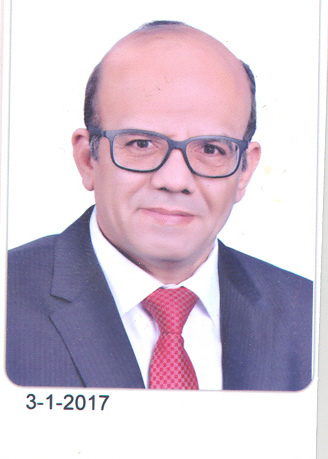The ultimate role of various alternative methods of performing TURP remains to be determined. Electrovaporization is a modified electrosurgical modality that is quickly gaining popularity. However, long term efficacy and safety data have yet to mature and determine whether TUEVP will be a durable long-term modality in the treatment of lower urinary tract symptoms.
To compare efficacy, safety, and durability of transurethral electrovaporization of the prostate (TUEVP) with standard TURP. This randomized prospective study was performed. Which included 124 consecutive men, with symptomatic benign prostatic hyperplasia (BPH), admitted for surgery. They were randomized to either, TUEVP or TURP. Sixty-two patients underwent TURP with a mean age of 60.2 years, and 62 patients underwent TUEVP, having a mean age 62 years. There was no significant difference between any variable at baseline between the two groups. The variables evaluated included, the international prostate symptom score (IPSS), a quality of life assessment index (QOL), peak urinary flow rate (Qmax), and post-void residual urine volume (PVR). As well as duration of surgery, catheterization and hospital stay were also compared. Changes in serum levels of hemoglobin, hematocrit, sodium and potassium were assessed hour and day postoperatively. Sexual function was also evaluated during follow-up at 1, 3, 6, 12, and 18 months. Patients were seen in. A total of 95 patients were available for follow up at 18months. Both methods improved symptoms and objective indicators of urinary obstruction. The mean IPSS decreased from 24 to 4.6 (TURP) and from 22 to 5.5 for (TUEVP). The mean Qmax increased from 8.3 to 18.8 ml /sec. (TURP) and from 7.8 to 17 ml /sec for the TUEVP: PVR decreased from 126 ml to 31 (TURP) and from 108 to 28 ml (TUEVP) at 18 months follow-up. However, there was significant difference in the mean post-operative catheterization time (TURP 126 h, TUEVP 23 h) (p value <0.001) and hospital stay (TURP 7.2 day and TUEVP 3.4 days value <0.001), there was also a difference in the duration of postoperative irrigation (TURP 11 h and TUEVP 4h) these advantages were achieved without increased operative time, as mean operative duration was 41 minutes for the (TURP) group and 36 minutes for the (TUEVP) group. Significant differences were identified in the serum parameter changes between the two groups. In the TURP group there was more blood loss, as well as greater electrolyte changes. There was a mean lgm/dl decrease in hemoglobin in the TUEVP group and a mean 2.6 gm/dl decreases in the hemoglobin for the TURP group. The decrease in the serum sodium was 4.6 mEq/L (TURP) versus 1.4 mEq 1/L for TUEVP). The changes in serum Potassium were 0.7 mg/dl and 0.4 mg/dl for TURP and TUEVP respectively. Both modalities of treatment significantly improved peak urinary flow, however post operative morbidity, postoperative catheterization time, hospitalization time, serum changes, and operative time were significantly less for electrovaporization. There were no major complications in either group, however 5(8%) of patient in the TURP group and 11(19%) of patient in the TUEVP group were unable to void after removing the catheter, which was statistically significant (p valueO.001). The other complications were comparable in both arms of the study, including clot retention in 3 (5%) in the TURP group and 1 (2%) in the TUEVP group, urinary tract infection in 7 (11%) for TURP an and in 5 (8%) for TUEVP. irritative symptoms occurred postoperatively in 8 (13%) in the TURP and in 10 (16%) following TUEVP. No patient developed post-TUR syndrome or required blood transfusion in either groups . Changes in sexual activity and retrograde ejaculation were comparable in both arms. Only four patients (14%) out of 35 potent men of the TURP group, and 7 (18%) out of 37 potent men in the TUEVP.
Our experience has made us optimistic about the role for this evolving technology for the future. Like all other surgical alternatives, only longer follow-up and prospective multicenter studies against the standard transurethral resection of the prostate will determine the true efficacy and safety of this technique as an alternative surgical treatment for lower urinary tract symptoms secondary to prostate obstruction.
This study provides objective evidence that TUEVP is effective in providing prompt relief of bladder outlet obstruction with durable improvement in symptoms and outflow obstruction with durable improvement in symptoms and flow rate with no acute morbidity. Accordingly, TUEVP should continue to be considered a minimally invasive surgical alternative to transurethral resection of the prostate.


